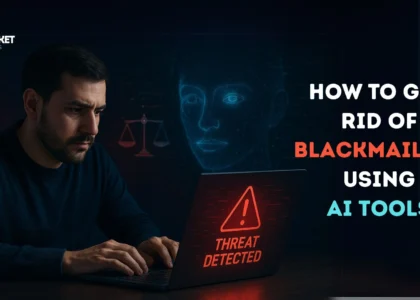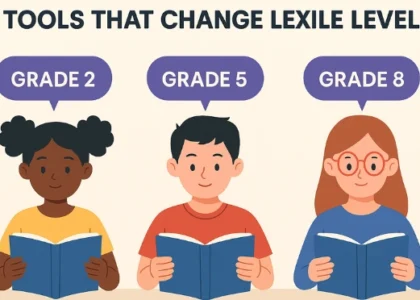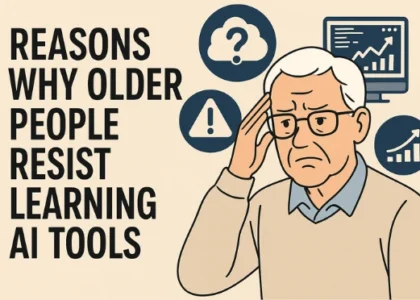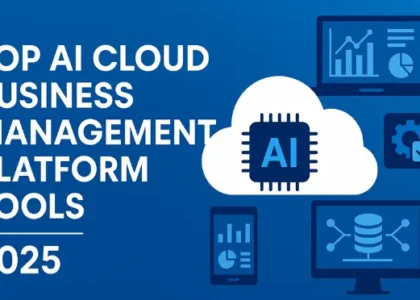Looking for a free AI research tool to analyze videos without spending hours on manual work? In 2025, video analysis powered by artificial intelligence has become a game-changer for researchers, developers, and content professionals. Whether you’re studying behavior, extracting transcripts, or identifying key objects and scenes, the right AI tool can automate it all. This guide explores the best free video analysis tools, including open-source AI models, APIs, and real-time video analytics platforms—designed to help you turn raw footage into actionable insights, fast. Let’s dive into how you can unlock powerful video intelligence with zero cost.
What is AI Video Analysis?
AI video analysis is the use of artificial intelligence to automatically study and understand video content. A free AI research tool to analyze videos can detect objects, people, speech, and even emotions—saving hours of manual work. These tools turn raw video into useful data for research, security, education, and more. AI-powered tools like those featured on aipockettools.com make video analysis faster, easier, and smarter—whether you’re a student or developer—without needing expensive software or expert skills.
Key Use Cases of AI in Video Research
A free AI research tool to analyze videos can be used in many powerful ways. Researchers use it to study human behavior, interviews, or educational videos. Developers apply it in surveillance, healthcare, or smart city projects. Content creators use AI tools to transcribe, summarize, and repurpose video content. From detecting objects and emotions to tracking actions, these tools help turn video into useful insights—quickly and at no cost. It’s smart, efficient, and accessible to everyone.
Academic Research
Researchers use a free AI research tool to analyze videos for studying classroom behavior, social interactions, and psychological patterns. AI tools help transcribe interviews, detect emotions, and highlight key scenes—saving time and boosting data accuracy in qualitative research.
Security & Surveillance
AI video analysis is widely used in surveillance to detect suspicious activity, track movements, or identify objects in real time. Free tools can automate footage review, reducing manual workload for law enforcement or security teams.
Marketing & Content Creation
Content creators and marketers use AI tools to analyze engagement patterns in video ads or YouTube content. From scene detection to speech recognition, these tools help optimize content strategy and repurpose video clips for social media.
Healthcare & Education
In healthcare, video analysis tools monitor patient behavior or therapy sessions. In education, they assess student participation or auto-generate lecture summaries. Free AI tools make this possible even for smaller institutions with limited budgets.
How to Choose the Right AI Tool
When picking a free AI research tool to analyze videos, focus on your goals. Need transcripts? Choose one with accurate speech-to-text. Want object tracking? Go for tools with strong detection features. Also, check if it’s easy to use, supports your file formats, and fits your research or project size. Open-source tools offer full control, while cloud tools are easier to start with. Always review features, limits, and privacy settings before you begin analyzing your videos.
Top Free AI Video Analysis Tools

If you’re searching for a free AI research tool to analyze videos, these top options offer powerful features without the cost. Whether you’re a researcher, developer, or content creator, these tools help with tasks like object detection, transcription, scene segmentation, and more. Below is a quick comparison to help you choose the right one for your needs.
Comparison Table of Free AI Video Analysis Tools
| Tool Name | Key Features | Best For | Free Tier Limits |
|---|---|---|---|
| Google Cloud Video Intelligence | Label detection, speech-to-text, scene segmentation | Developers, researchers | 1000 minutes/month |
| Azure Video Indexer | Face detection, emotion analysis, keyword tagging | Business & educational research | Limited free hours (with Azure) |
| OpenCV + Python | Custom object detection, motion tracking | Developers, advanced users | Fully open-source |
| Hugging Face Spaces | Action recognition, video captioning, model hosting | Researchers, students | Free for public Spaces |
| Runway ML | Easy visual interface, object removal, video effects | Creators, marketers | Free with limited processing time |
New & Emerging Tools in 2025
In 2025, new AI research tools to analyze videos are changing the game. Tools powered by GPT-4 and GPT-5 now offer smart video summarization and Q&A. Low-code platforms let you build custom video analysis apps without coding. Self-hosted tools are growing popular for secure, offline analysis. These emerging solutions offer more control, privacy, and flexibility—perfect for researchers and developers who need advanced features without relying on cloud services or paying for expensive software.
Integrating AI Tools with Your Workflow
Using a free AI research tool to analyze videos is easier when it fits into your existing workflow. Many tools let you upload videos directly from Google Drive, Zoom, or YouTube. Developers can use APIs to connect tools with Python or JavaScript projects. Researchers can export transcripts or analysis reports for further study. Whether you’re working online or offline, these tools can easily become part of your daily video processing routine—saving time and boosting productivity.
Limitations of Free Tools
While a free AI research tool to analyze videos is powerful, it comes with some limits. Many tools have usage caps, like limited minutes or fewer features. Cloud-based options may have slower processing during peak times. Some tools add watermarks or don’t support large file sizes. Privacy can also be a concern if you’re uploading sensitive videos. Always check each tool’s terms, limits, and data policies before starting, especially if you’re using them for research or professional work.
Create Your Own Video Analysis Tool (DIY Guide)

Want full control? You can build your own AI research tool to analyze videos using free libraries like OpenCV, YOLOv8, and Python. This DIY method lets you detect objects, track motion, or segment scenes—customized to your project. It’s perfect for researchers and developers who need advanced features without limits. Many open-source tutorials and GitHub repos are available to help you get started. With a little coding, you can create a powerful, private video analysis tool for free.
Frequently Asked Questions
What is the best free AI tool to analyze videos?
Google Cloud Video Intelligence and OpenCV are top picks. Google’s tool is great for quick insights, while OpenCV is ideal for custom projects.
Can I use these tools for research purposes?
Yes, most free AI tools support research and educational use, especially open-source options.
Are my videos safe with online tools?
It depends. Always review the tool’s privacy policy to ensure your data stays secure.
Do I need coding skills?
Not necessarily. Some tools are beginner-friendly, while others offer more control for developers.
How a Researcher Analyzed 20 Hours of Video Using Free AI Tools
Meet Dr. Ayesha, a university researcher from Pakistan. She had a huge challenge: analyzing over 20 hours of classroom videos to study how students interact during lessons. Manually watching, transcribing, and tagging all that footage? It would take weeks.
But thanks to the right free AI research tools to analyze videos, she found a smarter way.
Her Simple AI-Powered Workflow:
- She used Whisper by OpenAI to convert the entire video audio into accurate text.
- Then, Google Cloud Video Intelligence helped her detect objects, speakers, and scene changes automatically.
- For deeper behavior insights, she explored a Hugging Face action recognition model to observe gestures and movement patterns.
What She Achieved:
- Saved over 40+ hours of manual effort
- Transcripts were 90% accurate without hiring a transcriber
- All tools used were completely free under public or research access
- Her project was later published in a peer-reviewed journal
Why It Matters:
Dr. Ayesha didn’t need a team of engineers or a paid platform. With a bit of curiosity and the right free tools, she turned hours of raw video into meaningful research insights—quickly, efficiently, and affordably.
If she can do it, so can you.





